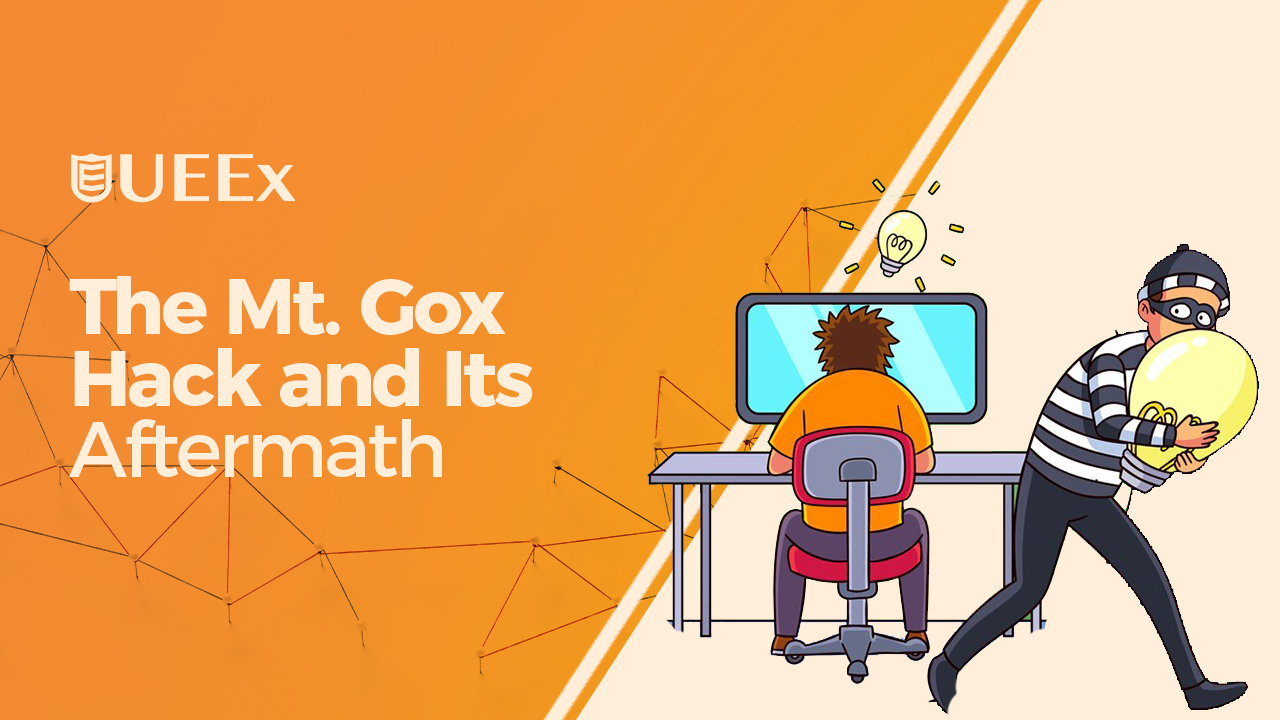Who Were the Hackers?
The hackers behind the Mt. Gox Bitcoin hack (2014) were primarily Russian cybercriminals, with possible ties to money laundering networks. Another theory suggests involvement by the Lazarus Group (North Korea), but no concrete proof exists. The full truth remains partially unsolved, though Russian cybercrime networks are the primary suspects.
What Happened?
Hackers gained access to Mt. Gox's wallets as early as 2011 and began stealing Bitcoin gradually without detection. By 2014, approximately 850,000 BTC (worth $450 million at the time) had vanished. Additionally, cash reserves from Mt. Gox's bank accounts were also impacted.
When & Where Did the Attack Occur?
The attack occurred between 2011 and 2014, targeting Mt. Gox’s headquarters in Tokyo, Japan. Hackers siphoned Bitcoin over time rather than executing a single large-scale breach.
Why Did They Do It?
Financial Gain – Hackers stole Bitcoin to sell for massive profits.
Exploiting Weak Security – Mt. Gox’s security vulnerabilities made it an easy target for cybercriminals.
How Was the Attack Carried Out?
- Wallet Private Key Theft – Hackers gained access to Mt. Gox’s private keys, allowing them to drain Bitcoin wallets.
- Transaction Malleability Attack – A flaw in Bitcoin’s design allowed hackers to alter transaction IDs and trick Mt. Gox into thinking withdrawals had failed, leading to duplicate payouts.
- Compromised Server Access – Hackers infiltrated Mt. Gox’s system in 2011, possibly through leaked credentials or insider access.
